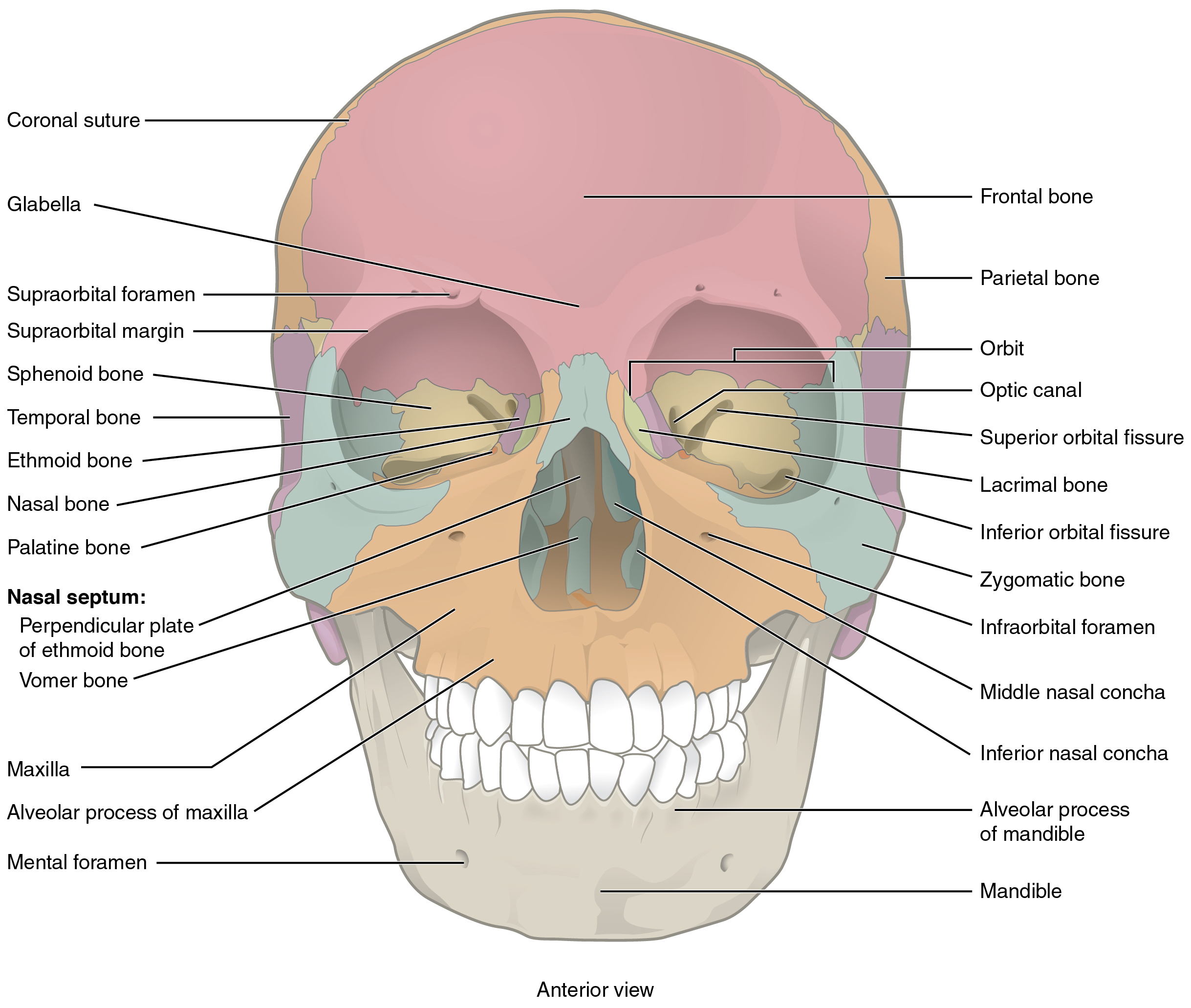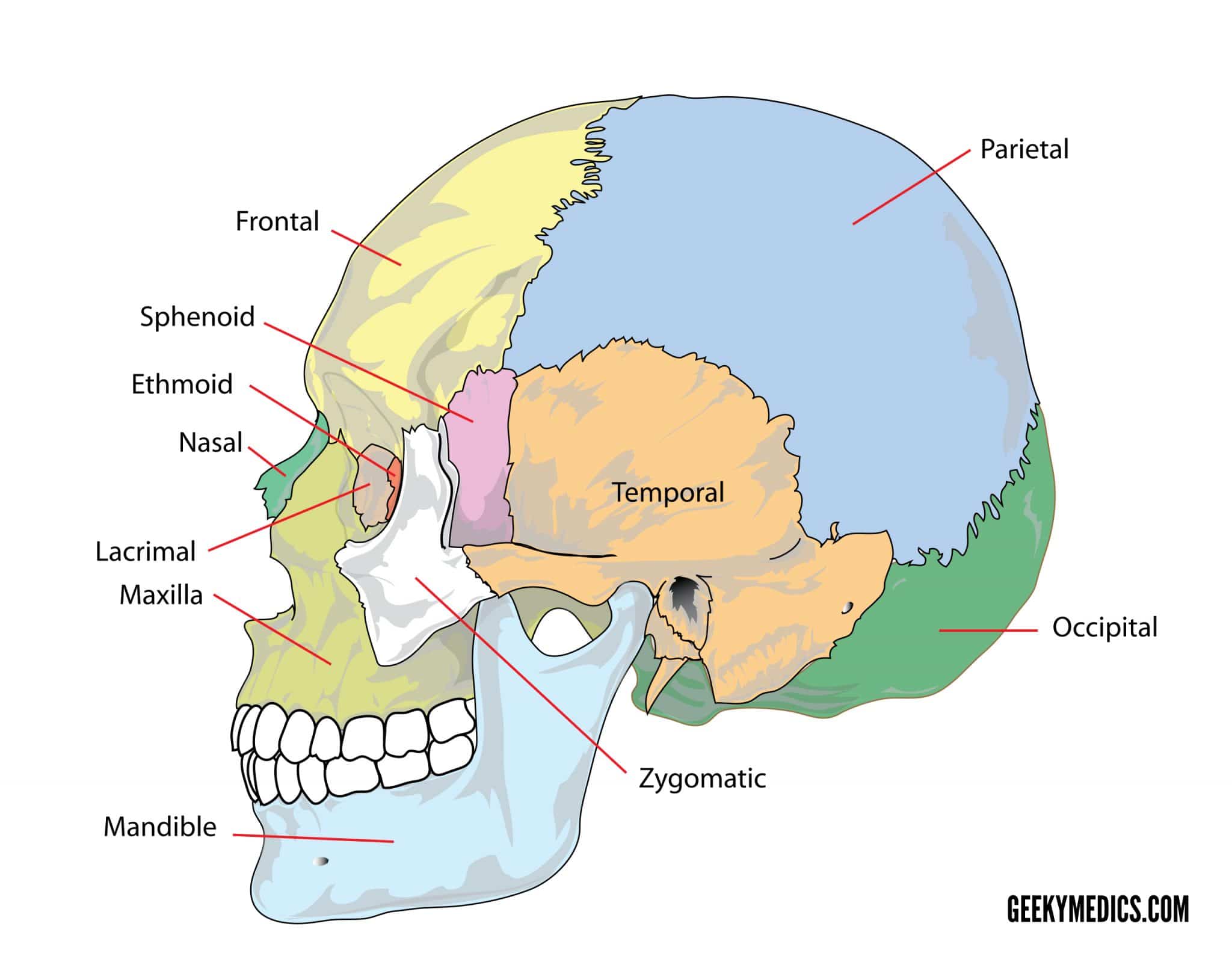Have you ever thought about the intricate details of the skull and its protective crown? Well, today we’re diving right into the fascinating world of these bones that shape our faces and safeguard our brains. This article will provide a clear and engaging guide to understanding the skull's structure, its parts, and their functions. By the time you're done, you'll have a better grasp of how this bony structure supports life as we know it.
Let’s start with the basics. The skull, often referred to as the crown of the skeletal system, is a complex bony framework composed of various bones and cartilage. It not only shields the brain and certain sensory organs but also shapes the face, creating the unique features that define each of us. This article will take you through a detailed exploration of the skull, breaking it down into manageable parts so you can understand how it works.
Skull injuries can be serious, but understanding the structure of this bony framework can help prevent and address complications. Whether you're learning about the human skull for academic purposes, or you're simply curious about how it functions, this guide will provide the information you need. So, let's get started with an overview of the skull and its crown.
Table of Contents:
- What Is the Skull and Crown?
- How Many Skull Bones Are There?
- What Are the Major Functions of the Skull?
- Skull & Crown - The Structure of the Human Skull
- Why Does the Skull Have Foramina?
- How Do Skull Bones Form?
- Can Skull Injuries Be Prevented?
- What Are Some Common Skull Injuries?
What Is the Skull and Crown?
Alright, let’s break it down. The skull is essentially the topmost part of the skeleton, and it’s one of the most intricate and important bony structures in the body. It’s kind of like the body’s helmet, protecting the brain and forming a protective cavity for some of the senses. The crown, on the other hand, refers to the topmost part of the skull, which is where most of the major bones meet. These bones come together to create a structure that supports the face and protects the brain, brainstem, and eyes.
How Many Skull Bones Are There?
Now, here's where it gets interesting. The human skull consists of 22 bones, all working together to form this amazing structure. These bones are formed through a process called intramembranous ossification, which is just a fancy way of saying they grow and harden in the womb and continue developing after birth. The skull is divided into two main sections: the facial bones and the cranial vault. Each of these parts plays a crucial role in the overall function of the skull.
What Are the Major Functions of the Skull?
So, what does the skull do, exactly? First off, it surrounds and protects the brain, which is pretty important. But it also provides the necessary structure for the face, allowing us to eat, breathe, and communicate. The skull bones are carefully arranged to allow for movement, such as opening and closing the jaw, while still providing a strong protective barrier. In a way, the skull is like a fortress, keeping the brain and other vital parts safe from harm.
Skull & Crown - The Structure of the Human Skull
Let’s take a closer look at the structure of the human skull. The cranium, or skull, is the skeletal structure of the head that supports the face and protects the brain. It’s subdivided into the facial bones and the brain case, or cranial vault. All the different parts of the skull come together to serve two main purposes: protecting the brain and providing structure for the face. This bony framework is made up of several bones, each with its own unique role.
For instance, the frontal bone forms the forehead and the top of the eye sockets. The parietal bones form the sides and top of the skull, while the occipital bone forms the back of the skull and the base of the skull. The temporal bones are located on the sides of the skull, near the ears, and the sphenoid bone is found at the base of the skull. These bones work together to create a strong and protective structure.
Why Does the Skull Have Foramina?
That’s a great question. The skull has several openings called foramina, which allow nerves and blood vessels to pass through. These openings are essential for the proper functioning of the brain and the face. For example, the foramen magnum, located at the base of the skull, allows the spinal cord to connect with the brain. Without these foramina, the brain wouldn’t be able to communicate with the rest of the body, and the face wouldn’t receive the necessary blood supply.
How Do Skull Bones Form?
Alright, here’s the deal. Skull bones form through a process called intramembranous ossification. This process begins in the womb, where cartilage is gradually replaced by bone. As we grow, the bones of the skull continue to develop, fusing together to create a strong and protective structure. This process is crucial for the proper development of the skull and ensures that it can provide the necessary support and protection for the brain and face.
Can Skull Injuries Be Prevented?
Skull injuries can be serious, but there are steps you can take to prevent them. Common skull injuries can result from falls or collisions, leading to complications like contrecoup injuries and hematomas. Wearing protective gear, such as helmets, can significantly reduce the risk of skull injuries. Additionally, being aware of your surroundings and taking precautions can help prevent accidents that might lead to skull injuries.
What Are Some Common Skull Injuries?
Common skull injuries include fractures, contusions, and hematomas. These injuries can occur as a result of falls, car accidents, or other traumatic events. Symptoms of a skull injury may include swelling, bruising, and difficulty thinking or speaking. If you suspect a skull injury, it’s important to seek medical attention right away. Early diagnosis and treatment can help prevent long-term complications and ensure a full recovery.
In summary, the skull and its crown are fascinating structures that play a crucial role in protecting the brain and shaping the face. Understanding the structure and function of the skull can help us appreciate its importance and take steps to prevent injuries. So, the next time you look in the mirror, take a moment to appreciate the amazing bony framework that supports your face and protects your brain.



